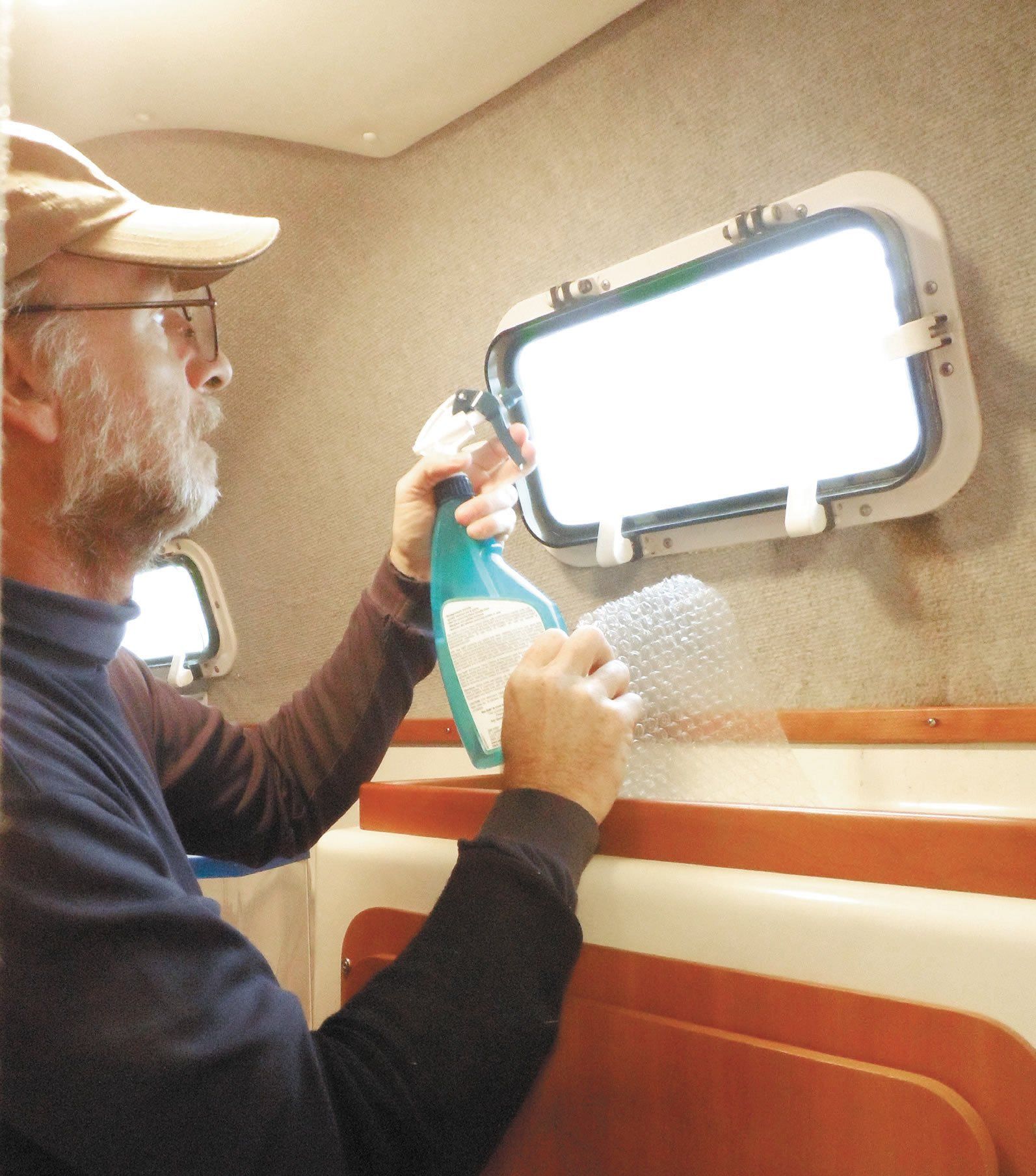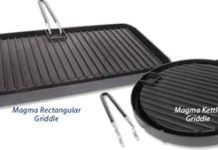Nonskid Test Update
Practical Sailor recently tested a nonskid mat from Soft Deck Inc. as a followup to our January 2012 report on do-it-yourself options for replacing worn nonskid. Soft Deck Inc., owned by brothers and lifelong sailors Ross and George Champion, is a family-run business with manufacturing based in Southern California. The January report reviewed six nonskid paints, three nonskid additives, and two nonskid mats. For this evaluation, we used the same test protocol to compare the Soft Deck to our Best Choice mat, Tiflex’s Treadmaster (www.tiflex.co.uk.com).
Liggett’s Shampoo Soap
After reading PS’s November 2011 report on eco-friendly liquid soaps for onboard bathing, personal-care product maker J.R. Liggett sent us one of his Old-Fashioned Bar Shampoos to try out. Liggett has been making the 3.5-ounce shampoo bar from New Hampshire springwater for 30-plus years. (We reported on his Natural Traveler Kit in the December 2008 issue.)
Liggetts Shampoo Soap
After reading PS’s November 2011 report on eco-friendly liquid soaps for onboard bathing, personal-care product maker J.R. Liggett sent us one of his Old-Fashioned Bar Shampoos to try out. Liggett has been making the 3.5-ounce shampoo bar from New Hampshire springwater for 30-plus years. (We reported on his Natural Traveler Kit in the December 2008 issue.)
Grill Griddle Faceoff
Practical Sailor recently tested three grill-top cooking griddles to see what benefits they could add to the outdoor cooking experience—a highlight of the summer boating season for us. We pit the rectangular, stainless-steel Little Griddle Sizzle-Q griddle against the reversible, non-stick rectangular and kettle-style griddles from Magma Products.
What’s Cooking Now?
The galley may be the last place you’d expect to see new technologies, but our tour last year aboard the custom Fastwater 52 cat Ice Wars (Inside Practical Sailor, June 2011) introduced us to a new way of onboard cooking. Rather than a standard oven, Ice Wars was outfitted with only an infrared oven that was small enough to stow in a galley cupboard. Intrigued—and a little skeptical—we decided to have a go at using one of these new-age cookers to see whether it was a functional and practical galley tool.
Whats Cooking Now?
The galley may be the last place you’d expect to see new technologies, but our tour last year aboard the custom Fastwater 52 cat Ice Wars (Inside Practical Sailor, June 2011) introduced us to a new way of onboard cooking. Rather than a standard oven, Ice Wars was outfitted with only an infrared oven that was small enough to stow in a galley cupboard. Intrigued—and a little skeptical—we decided to have a go at using one of these new-age cookers to see whether it was a functional and practical galley tool.
Mailport: March 2012
Letters to Practical Sailor, March 2012. This month's letters cover subjects such as: Durabak Feedback, Inflatable Bottom Paint, US Sailing Reports, and More!
Clean Bottom, Fast Bottom
Determining how much faster a boat can sail with one paint versus another would be difficult as the prep and application of both paints would have to be identical, as would test conditions, in order to have a fair trial. None of the antifouling manufacturers we spoke with are aware of any documented head-to-head speed tests of paints.
Bottom Paint Stripping
Although we’ve tackled our share of varnish with a heat gun and scraper, we’ve never used them to strip bottom paint. The obvious concerns would be marring the gelcoat and the noxious fumes created by heating paint solvents and active ingredients. Our first choice for removing antifouling would be sodablasting (PS, October 2011), but as that’s not an option for you, we’d consider chemical stripping (PS, April 2008 and March 2009), wet-sanding, or vacuum sanding.
Reviving the Galley Spark
Any thoughts on how to get the “spark” back in the burners on our Force 10 stove? The ignition sparkers on all three burners are, at best, sporadic. I’ve gotten some basic info from the factory, but it hasn’t helped. The ignitor’s battery has been replaced, the ends cleaned, and what I thought might be the issue—stove grease—has been taken care of.

















































